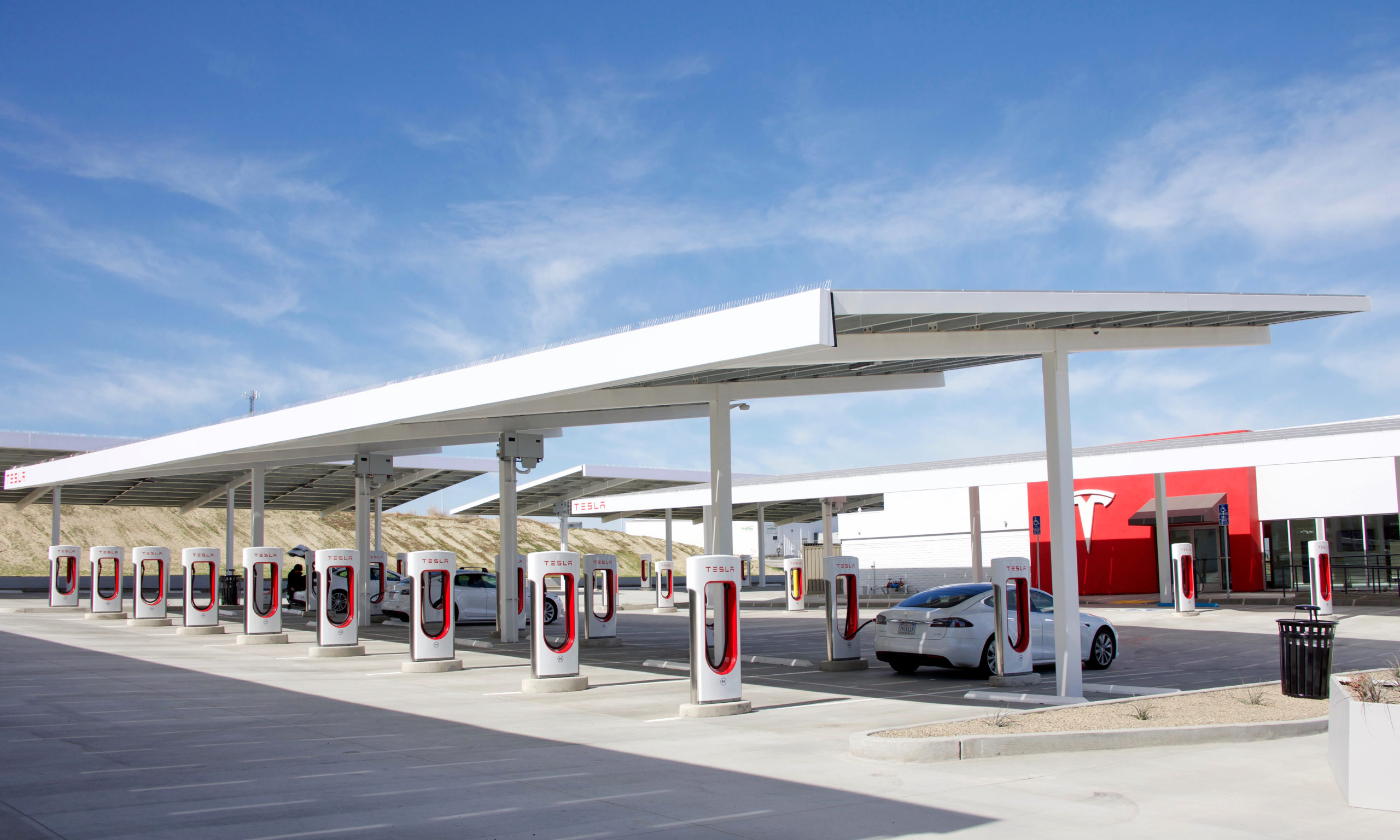New technology has developed rapidly with vehicles, and it can be very confusing if you are looking to purchase an electric car. From 2035 (originally 2030), the UK has promised that new cars will be banned from using diesel and petrol in an effort to make motoring greener and help reduce the problems that fuel emissions create, especially in large, built-up cities and towns where air quality is currently poor.
The key distinctions between PHEVs, self-charging hybrids, and EVs are as follows: PHEVs are vehicles that can operate on both electricity and petrol, while EVs are fully electric and require charging. The choice of the right vehicle for you depends on your required mileage range. For instance, a pure EV might not have enough charge range for a long journey, making a dual-powered PHEV a more suitable option due to its petrol backup if you don’t wish to pay for motorway service charging costs – which can be very expensive.
There are three types of EVs: fully electric, self-charging hybrids and plug-in hybrids – PHEVs. Here is the difference between them:-
Fully Electric – these vehicles are solely charged by electricity and have no fuel backup. The charge range depends on the model you choose, but on average, they have approximately 300 miles without recharge. Costs are reduced because home charging electric is cheaper than petrol/diesel; plus, when servicing, there is no need to replace filters and oils. The main worry for EV drivers is the lack of charging points, especially in rural areas, so many drivers plan their longer journeys around charging points. There is also your parking at home to consider; if you do not have your own drive, then home charging may not be an option if you park in the street. This means paying for charging at service stations and supermarkets which can get expensive.
Benefits of fully electric vehicles
- lower running costs with no petrol or diesel
- lower servicing and maintenance costs
- Incentives and discounts available from the Government
- no road tax cost
- Very quiet to drive
- zero emissions at point of use (excluding brake and tyre dust/wear)
Drawbacks of electric vehicles
- More expensive to purchase initially
- Maximum range of miles per charge depending on model
- Not suitable for regular long journeys
- Depreciation can be an issue
Self-Charging Hybrids – Many drivers will find a self-charging hybrid as their first EV a comfortable choice due to the more accessible switch from ICE (Internal Combustion Engine) cars. There is no need to charge the battery as the technology charges it in the vehicle, and it is relatively simple to switch between electric and fuel on longer journeys. There is no need for a home charger and planning journeys around charging points, making the transition to electric vehicles a breeze.
Benefits of self-charging hybrid vehicles
- Less expensive to purchase than plug-in or fully electric vehicles
- Great for shorter journeys and urban driving
- No home charging point is needed, great for drivers without off-road parking
- No downtime with charging
- No low-charge worries on longer trips
- It uses less fuel and is much cheaper to run than conventional vehicles
Drawbacks of self-charging hybrid vehicles
- Not necessarily as environmentally friendly as plug-in hybrids or fully electric vehicles
- Higher servicing costs with oil and filter changes
- Not exempt from tax and not as many discounts or incentives available
- Possibly not as powerful as other electric vehicles
PHEV—Plug-in Electric Vehicles—A PHEV is often the next step up from a Self-Charging Hybrid, offering the freedom to drive as if you had a conventional fuelled car if your charge is low. With approximately a 20-30 mile range on fully electric mode and the fuel automatically kicking in when the charge is low, these vehicles provide the driver with more flexibility without having to stop and recharge for longer trips, instilling confidence in their reliability.
Benefits of PHEVs
- If the battery is low, the fuel-powered engine will automatically take over.
- Fewer motoring costs on short journeys using the electric battery
- Regenerative braking technology, which reduces energy waste and helps to recharge the battery.
Drawbacks of PHEVs
- Slightly more expensive to purchase initially than self-charging hybrids
- Electric charging facilities need to be available at home, which may only be possible for those with road parking.
- Relying on a petrol/diesel engine frequently does not result in as great fuel economy, especially with the extra weight from the bigger battery.
- If you regularly use your vehicle for longer journeys, a PHEV may not be the best option. They run out of battery power, which will make them more expensive to run in the long term.
Whatever new EV you are considering, it must be suitable for your exact usage. If you are choosing a low-cost option to fuel and are only doing short local journeys, then a full EV may be the best option. If this is for a family car and longer trips are wanted, then consider a PHEV or a Self-charging hybrid, as they will give you more mileage per charge with the use of fuels when necessary.
Most dealerships will have an option for you to consider, and it is wise to try a test run for a few days before committing to a purchase, as you will need to see if an EV is right for you.

